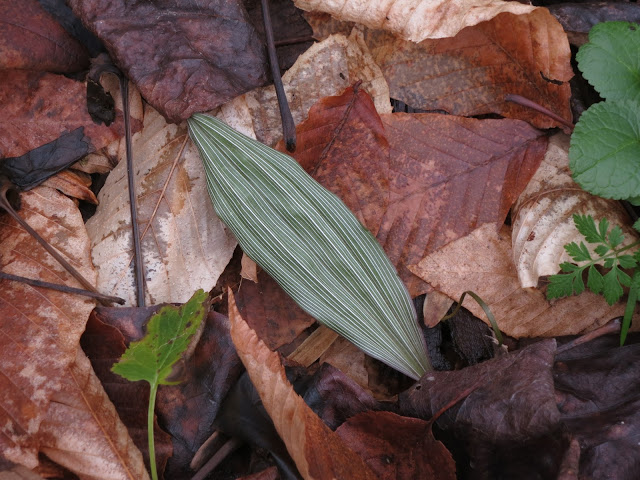Yesterday we did one of our favorite Teton hikes, the 4-mile loop trail to Taggart Lake.
The wildflowers were superb,
the views were fantastic,
and the intensely fragrant ceanothus was blooming like crazy.
Hiking though a meadow area, I noticed some movement in the grass. What I saw through my binoculars was a totally unfamiliar, brilliantly colored large lepidopteran.
Looking closely, I saw that it was a moth, and that there were actually two of these gorgeous creatures and they were in the midst of making more moths!
Here is the post-mating female:
Usually I have some idea as to the identity of unfamiliar critters, but this one had me stumped. On the way back to the car we ran into a park naturalist we had met last year and showed him one of the pictures. He identified it as a Sheep Moth, and that gave me something to Google. Apparently it goes by several names, the main one being Elegant Sheep Moth which is quite fitting.
These moths are quite closely related to silk moths. They tend to fly low to the ground and aren't very active. They have no mouthparts as adults--the caterpillars have to store enough energy to fuel the adults' only purposes: mating and laying eggs. What really surprised me was that these are day-flying moths--most moths that I have seen active during the day had been small and fairly plain. This animal was neither!
These moths tend to frequent high elevation meadows which historically have been used to pasture sheep, hence the name. Among other plants the caterpillars feed on ceanothus, and there was certainly plenty of that here!
The diversity of life on our planet never fails to stun me!





























